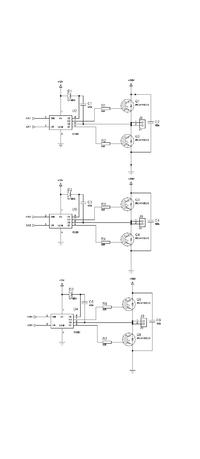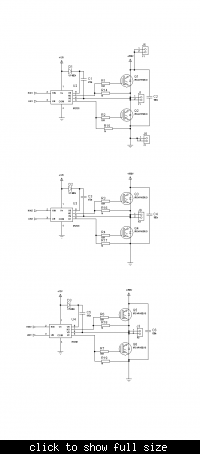adnan_merter
Full Member level 3
- Joined
- Jan 23, 2008
- Messages
- 160
- Helped
- 6
- Reputation
- 12
- Reaction score
- 6
- Trophy points
- 1,298
- Location
- The most beautiful city of the world
- Activity points
- 2,526
hi all,
i designed a simple circuit to control a 3 phase ac motor and used igbt module for switching
but, whatever i tried, i couldn't succeed to apply them dc supply voltage, whenever i tried to supply, always short circuit fault occurs, even when i don't apply any gate voltage.
should i use some optocoupler to isolate my power section from control section because their grounds are tied. is that problem?
here is my schematic please give me an advice, i will appreciate!

i designed a simple circuit to control a 3 phase ac motor and used igbt module for switching
but, whatever i tried, i couldn't succeed to apply them dc supply voltage, whenever i tried to supply, always short circuit fault occurs, even when i don't apply any gate voltage.
should i use some optocoupler to isolate my power section from control section because their grounds are tied. is that problem?
here is my schematic please give me an advice, i will appreciate!

